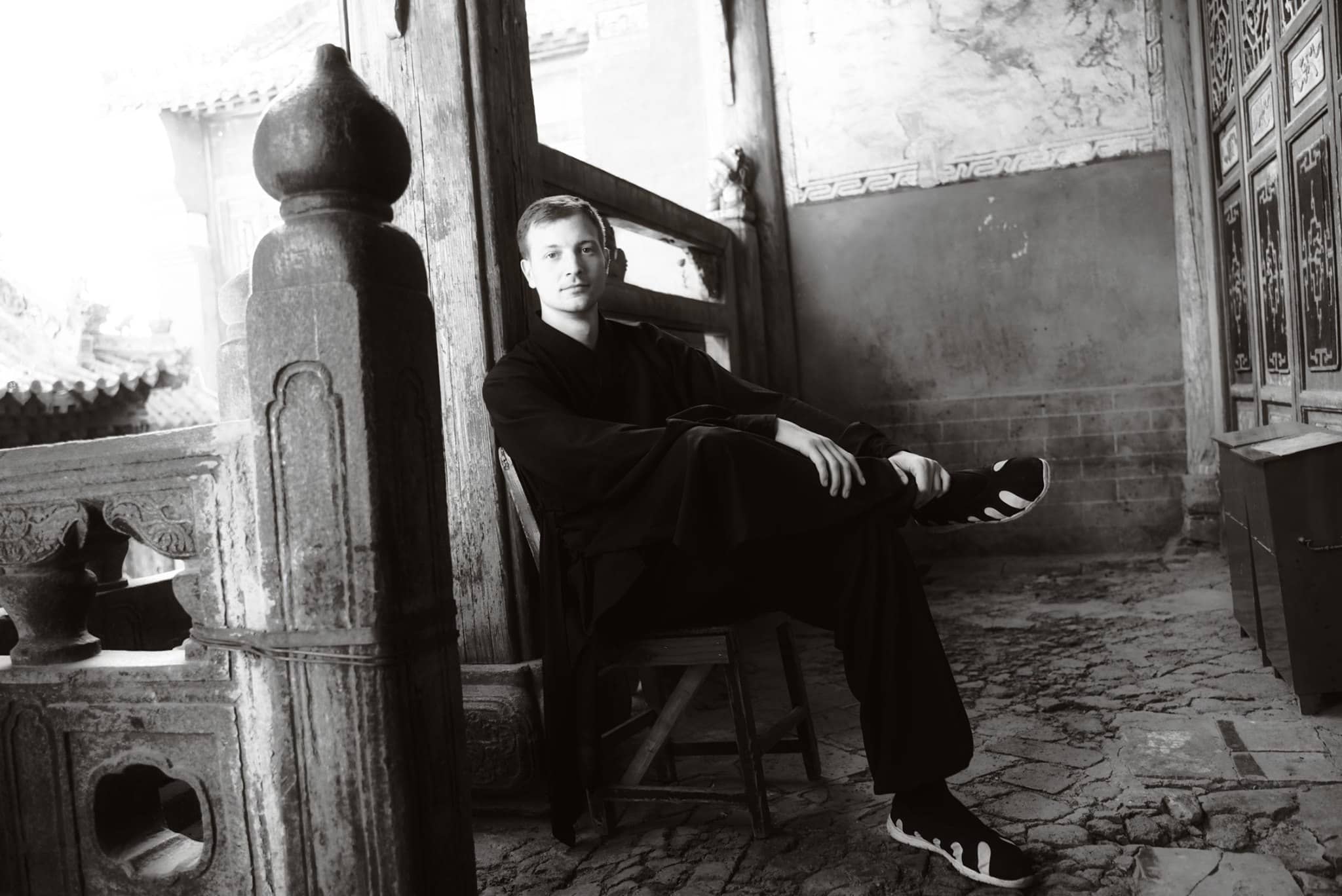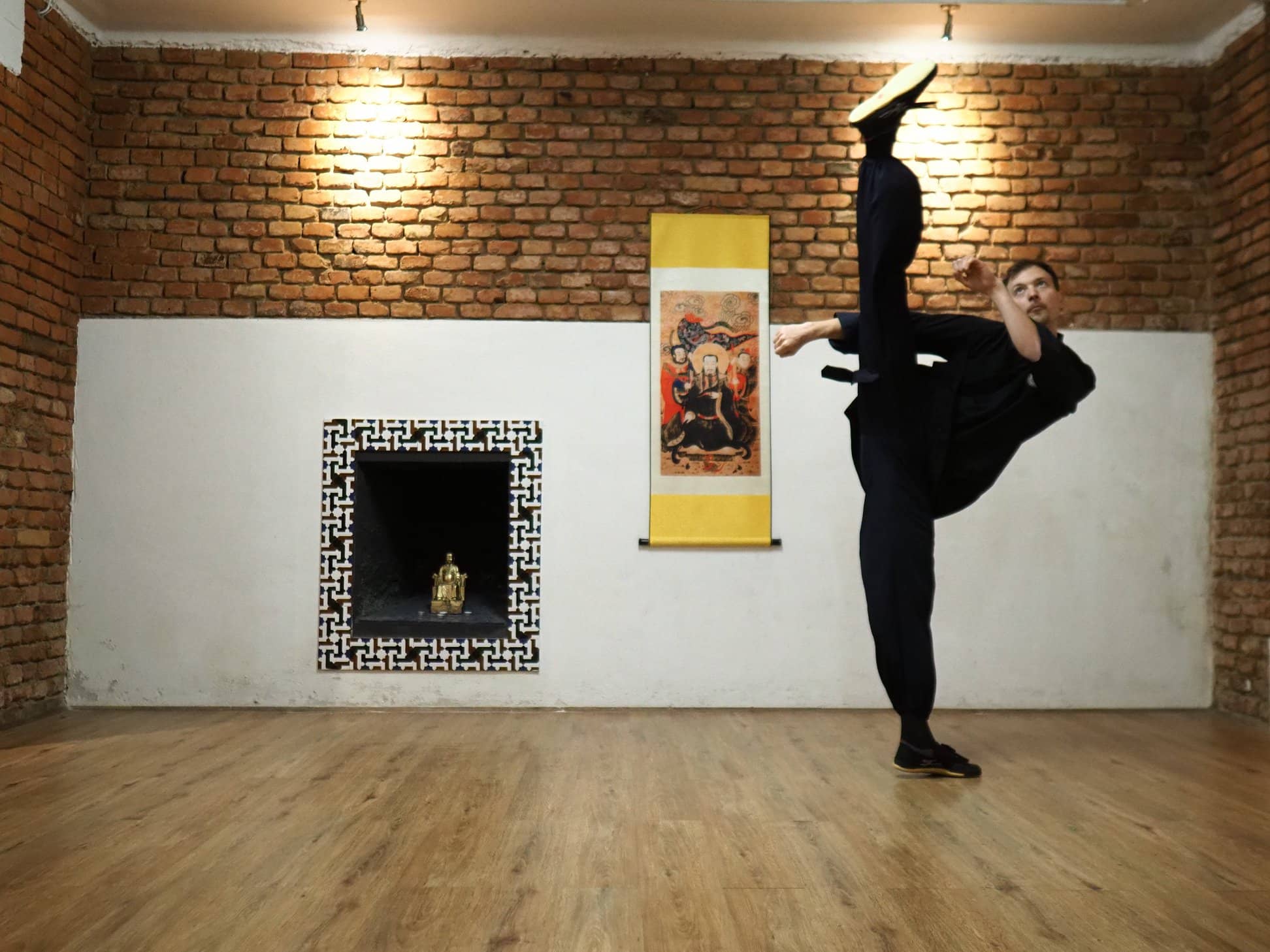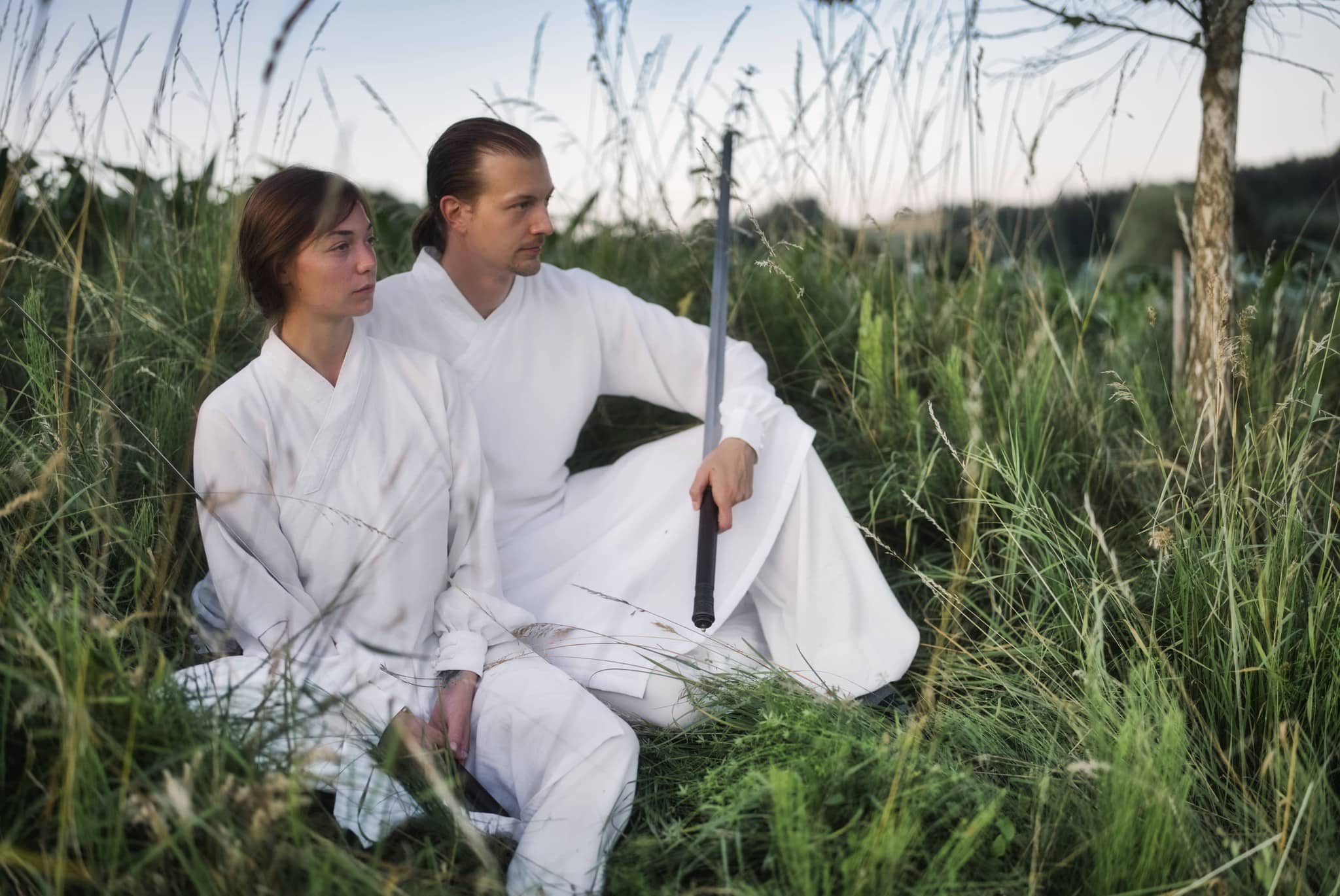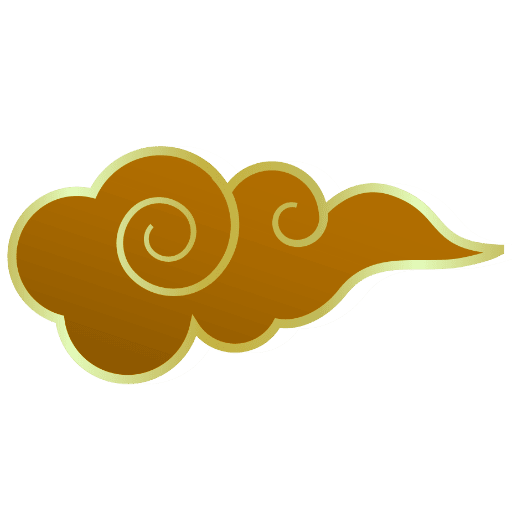The Life and Path of Michael König-Weichhardt

When I was just 13 years old, I fell in love with martial arts. What started as a teenage passion became a lifelong quest that took me around the world. I didn't just train in one gym or study one style – I wanted to learn everything. My hunger for knowledge led me to South Korea, where I studied Hap Ki Do. Then I traveled to Vietnam and trained under instructors from the Vietcong military. I was chasing mastery, collecting certificates and titles wherever I went. But something shifted inside me. I realized that all this focus on combat and aggression was creating more of the same energy in my life. That's when I made a crucial decision – I traveled to the Wudang Mountains in China, searching for something different.
This is where my real transformation began. Eventually, I earned one of my most meaningful achievements: becoming a lineage holder of the Sanfeng line and being appointed to represent Wudang in Austria. I opened the Wudang Academy in Vienna and dedicated myself to teaching. Then life surprised me again – I fell in love. I met Centina, and suddenly my priorities changed. I closed my academy in Vienna, we got married, and now we live together in South Styria. People often ask me about Wudang and Tai Chi. While the Wudang Mountains are famous as the birthplace of Tai Chi, the historical evidence isn't completely clear. I've learned to stick with what I can verify myself rather than repeat assumptions. What I do know for certain is this: these ancient arts completely transformed my life. Now, my mission is to share this way of living with others – responsibly and authentically.

Facts About Me:
Born in 1986, my journey began with completing Austrian military service as a mountain trooper in the special forces unit in St. Michael. This foundation set the stage for a lifetime of martial arts dedication. Over the years, I explored various fighting styles, learning Wing Chun, Karate, Vovinam Vietvodao, and Jiu Jitsu. But I went deeper with three specific disciplines: Pencak Silat, Muay Thai, and Hap Ki Do, studying them thoroughly to understand their principles and techniques. My training extended far beyond empty-hand combat. I developed skills with bladed weapons, striking weapons, and both short and long weapons. I also trained with rope weapons, chain weapons, and throwing weapons. My expertise even includes more unusual tools like the fan, Fu Chen (a traditional dust whisk), and the umbrella. Today, I hold a rare distinction as a 16th generation lineage holder of the Sanfeng line, with the official Taoist name 魏懋资济 (Wèi Mào Zī Jì). I've mastered all 35 forms of the Sanfeng line and possess a unique ability: I'm ambidextrous in both combat and weapon use, able to fight equally well with either hand. For 12 years, I led my own Wudang Academy in Vienna, focusing on individual coaching and helping students perfect their techniques. Outside the training hall, I enjoy photography and filmmaking, drawn to creative, healing, and artistic pursuits that complement my martial journey.
Living with Autism
At 38, I was diagnosed with Autism Spectrum Disorder, Level 1 (formerly known as Asperger's). Specifically, I have what's called hyperperformant autism with extremely low coherence. This means I naturally struggle to see the bigger picture, but I excel at focusing intensely on small details. My brain works differently—I process multiple thoughts at once, follow rules strictly, and cannot lie. When my emotions run deep, words often fail me, and I struggle to express what I'm feeling. Social situations can be exhausting because I can't filter out all the information my brain takes in at once. What others might see as limitations became my strengths in martial arts. My ability to hyperfocus on tiny details allowed me to master complex movements with precision. The structured framework of martial arts gave my mind exactly what it needed. As my therapist said, I intuitively chose the perfect path for myself—martial arts became my form of self-therapy long before I understood why I needed it.
Quotes from me:
What's the story behind the Taoist name?
You can't just give yourself this name. According to tradition, the first symbol comes from the first letter of the grandmaster's name, and the second from the first letter of my master's name. The last two symbols are chosen by the master and represent your path or your nature. When you ask someone their Taoist name, you can tell which lineage they're from, who their grandmaster was, and who their master is. A Taoist name like this shows that you've deeply learned these teachings and can represent them. My Taoist name 魏懋资济 is written in Pinyin as: Wèi Mào Zī Jì. That's why I'm also known as Master Ziji. The name is like a title that shows you've made this art your life's mission—to represent it and practice it for your entire life.
How do I see myself in the future?
My focus is on my own path and my family's. Still, I deeply value tradition and dedicate myself to my students when I see they're also committed. I have big ambitions to show many people how the internal arts work, without creating illusions or giving false ideas. You can always get explanations from me about why something works and how it works, because I'm dedicated to demystifying these spiritual arts.

No Hard Feelings
But I want you to know:
What that €18.99 actually does, because it's not just about watching videos.
Here's what your support actually funds:
- Over 1,200 video tutorials that I'm constantly adding to
- Live online classes where you can actually ask questions and get real-time corrections
- Weekly blog posts breaking down complex Daoist principles into understandable concepts
- Archiving work – documenting authentic methods before they get lost or commercialized beyond recognition
- Translation projects – making ancient principles accessible in modern language
- The technical infrastructure to deliver all this globally
Every month, that membership keeps the lights on for something that barely exists anywhere else
